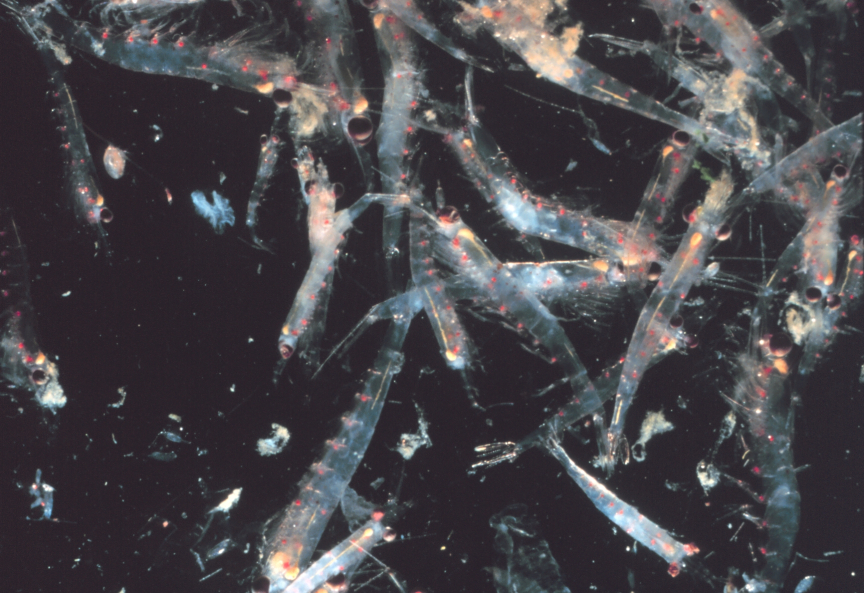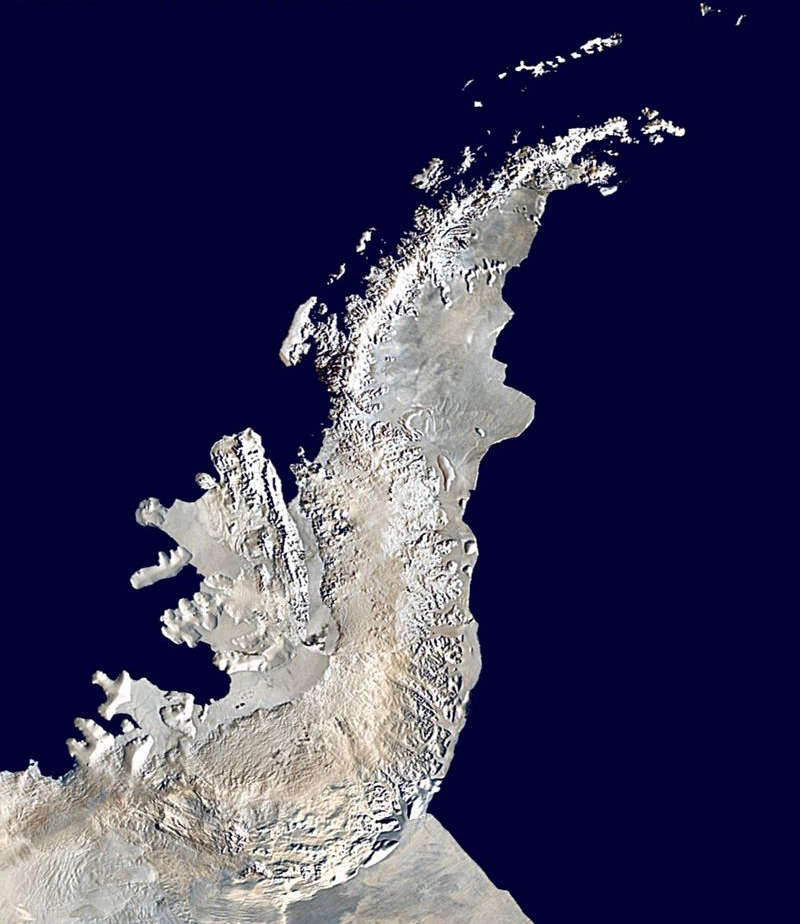Research provides clues to the long-term impact of climate change on ecosystem

Changes in wind speed and sea ice cover in the rapidly warming Western Antarctic Peninsula have the potential to reverberate up the food chain, affecting everything from the tiniest, single-cell organisms to the humpback whale.
The Rutgers study, published this month in Nature Communications, provides one of the few instances where marine researchers have a dataset of sufficient length and detail to reveal how climate signals can reverberate through a polar food web.
Rutgers marine scientist Grace Saba, the study’s lead author, examined the correlation between changes in climate and the abundance of marine life over a 21-year period.
“The more we understand how the physical environment is tied to the food web, the better we will understand how long-term changes in climate will impact the ecosystem,” Saba says.
At the center of Saba’s study is the belt of low pressure, experienced as westerly winds, that surrounds the Antarctic continent. The belt, called the Southern Annular Mode or Antarctic Oscillation, moves north and south on a four- to six-year cycle, which affects physical factors such as wind and sea ice cover.
“There’s a domino effect: changes in large-scale patterns, changes in wind and sea ice, and then changes in phytoplankton, at the bottom of the web,” says Saba, an assistant research professor in School of Environmental Science’s Institute of Marine and Coastal Sciences.

Phytoplankton are the main food for krill, the tiny crustaceans that sustain many species, including fish and whales. When the Southern Annular Mode is negative (high pressure over the Antarctic, low pressure over mid-latitudes), cold southerly winds blow across the peninsula, sea ice cover increases and phytoplankton multiply, leading to higher krill recruitment – the addition of new, young individuals into the krill population – according to Saba’s research. In contrast, during a positive phase of the Southern Annular Mode, there is less ice, less phytoplankton and lower krill recruitment, which means less food for all other animals up the food chain.
“Krill live five to seven years,” Saba says. “Their evolution could be tied to cycles in the Southern Annular Mode. If they have a good year, that’s great. But if they miss even one cycle, that could be catastrophic to their population.”
Rutgers scientists began studying the fast-changing region in 1991. Saba’s co-authors include her husband, Vincent Saba, a scientist with the National Marine Fisheries Service, and Oscar Schofield, a Rutgers professor of marine science.
Saba and Schofield are members of the Palmer Long-Term Ecological Research program, PAL-LTER. The program conducts annual shipboard surveys along the western side of the Antarctic Peninsula, including the coastal ocean near Palmer Station, one of the three U.S. research stations in Antarctica.
The research program at Palmer Station, funded by the National Science Foundation, was established more than two decades ago to study changes and processes that couldn’t be captured in a single expedition or research cruise.
For media inquiries, contact Ken Branson at kbranson@ucm.rutgers.edu or 848-932-0580; cell 908-797-2590.